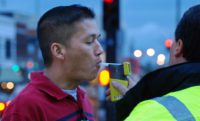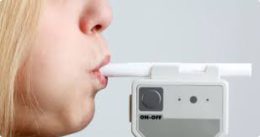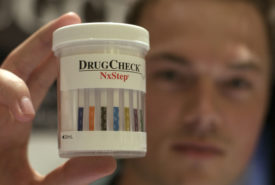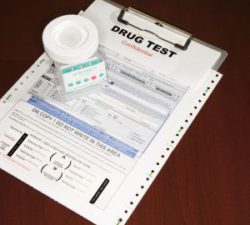What should I do if I don’t feel fit for work?
Do not present for work if you are affected by illness, fatigue, undue stress, alcohol or drugs if you could be a hazard to yourself or others in the workplace. Follow the standard notification procedure for leave.
If you feel ill or seriously fatigued while on shift tell your supervisor. Do not continue to work if you present a hazard to yourself or others.
What if I’m on medication?
You must ensure that any prescription or non-prescription medication is taken safely. This means you must:
- Ask your doctor whether the prescribed medication has any side effects that may impact on your safety or performance at work
- Tell your supervisor about the result of your discussions with your doctor and whether the medication you are taking affects your safety or performance at work
- Take any prescription or other medication strictly as directed; and
- Report any side effects to your doctor and your supervisor.

What if I notice someone else who does not appear to be fit for work?
You should raise any concerns about a person’s fitness for work with that person. You must also notify your immediate manager of any situation in which this policy may have been breached – whether by a fellow worker, a contractor or a visitor. This includes:
- Any situation in which other individuals may be unfit for work; and
- The possession or consumption of alcohol or illegal drugs on the work site or during the work period by another individual.
Your immediate manager must ensure that all such information is dealt with in the strictest confidence.
Where does the company draw the line between a legitimate concern for safety and intrusion into personal privacy?
The company will limit its involvement to issues of legitimate concern. An individual’s personal problems or behaviour outside work are private matters. $client_name will only become involved when:
- These have the potential to interfere with job performance and/or safety in the workplace; or
- These have the potential to interfere with$client_name’s standards of conduct at company functions and when representing the company at events outside the workplace; or
- A worker asks for help in dealing with an issue.
How will my privacy be protected?
All relevant information will be safeguarded according to the requirements for confidential human resource and medical information and will only be provided in cases where such information is necessary to ensure safety, health and performance on$client_name sites and operations.
No information relating to this policy and identifying a particular individual will be released by$client_name to anyone outside the company except in situations where the company is required by law to give out information, without the written consent of the individual concerned. This is subject to$client_name’s rights to seek professional advice and/ or legal representation.
What happens if there is a gradual deterioration in my fitness for work?
If you suspect you are developing, or already have a problem that could impair your fitness for work, we encourage you to discuss this with an appropriate individual such as your doctor, your immediate manager or the Employee Assistance Program (EAP) Counsellor as soon as possible. These discussions will be treated in a confidential manner according to this policy.
The decision to seek help for any problem is your responsibility and cannot be made mandatory. However,$client_name will insist that you provide satisfactory evidence that any impairment of your fitness for work has been addressed before you are permitted to return to work.
If your supervisor or manager suspects that your fitness for work could be impaired, you will be given the opportunity to discuss the matter in confidence with them and/or your immediate manager. You may, if you wish, be accompanied at any discussion by a work colleague, family member or health and safety representative.
There may be legitimate medical or other reasons for impairment of your fitness for work. In such circumstances, you will be required to have your
doctor discuss your circumstances with a medical provider nominated by$client_name before you are allowed to return to work.







